Artificial Intelligence umbrellas a host of different technologies that are able to process large amounts of customers’ data to provide them with better and more enhanced customer experiences.
According to the McKinsey State of AI survey, 50% of respondents stated that their organizations have already adopted AI in one function at a minimum. So, what are the latest software development trends regarding AI?
- A rise in computer vision applications to monitor public spaces through data sensors and cameras. With the help of artificial neural networks, the apps will be able even to monitor social distancing in the post-pandemic world.
- Predictive analytics combined with computational power will be widely adopted by companies to find their potential customers. With the help of AI algorithms, businesses can get access to the sales data of thousands of customers and find out their preferences.
- Because of the increase in remote work, as a result of the COVID-19 pandemic, customer centers will adopt greater amounts of Neuro-linguistic programming (NLP) and automated speech recognition (ASR).
- Robotics will be widely implemented in finance, KPO, marketing, and manufacturing to automate rule-based business logic processes.
#5 The Internet of Things is Being Integrated Everywhere
Simply put, the Internet of Things is the interconnectivity of computer devices in everyday objects with the help of the Internet.
According to Business Insider, by 2026 there will be 65 billion IoT devices worldwide which is 6 times more than in 2018. The technology has already been actively used in various industries due to its ability to collect large amounts of data from sensors, and process and transfer it through cloud networks. Such a process is faultless, guarantees no delays, high security, and builds an interactive visual interface experience, making IoT one of the software development industry trends.
In 2026, apart from the usual application of IoT (such technological advancements as smart devices, predictive support on mobile platforms, smart home security systems, biometric cybersecurity sensors, etc), we will experience the rise of IoT, blockchain technology, mixed reality, and augmented reality usage in the healthcare industry and remote work organization.
The advent of COVID-19 intensified the importance of digital and remote healthcare. People have become more eager to use wearable devices for regular checkups, and health professionals and patients have received the ability to timely share clinical care guidelines, the process of which will be strongly improved by upcoming 5G and smarter hardware technologies.
Original equipment manufacturers have also started investing in the development of IoT-enabled products such as installing Bluetooth into hospital beds, wheelchairs, etc.
#6 The Big Data Industry Keeps on Developing
Some studies prove that there are 40 times more bytes in the world than there are stars in the observable universe. Experts predict that the global Big Data market will reach $250 billion by 2026. So, it is only a matter of time before you’re going to start using it in your business routine because this one of the trends in application development may become an integral part of modern business growth soon. There are few areas that might be driving the development of Big Data in 2026:
- Augmented Analytics. Augmented analytics add Machine Learning and AI tools and frameworks to existing BI toolkits. This can significantly decrease the time required for data preparation and cleaning. Business users could receive day-to-date insights directly from the tool, saving a lot of time for data scientists.
- In-Memory Computation. In-memory computation is a different way of speeding up analytics. Real-time processing is the most obvious advantage of this method. All processes flow on the data stored in RAM and, as a result, the data can be queried at a rate more than 100 times faster than any of the existing solutions. This may help businesses to make proper decisions and act immediately.

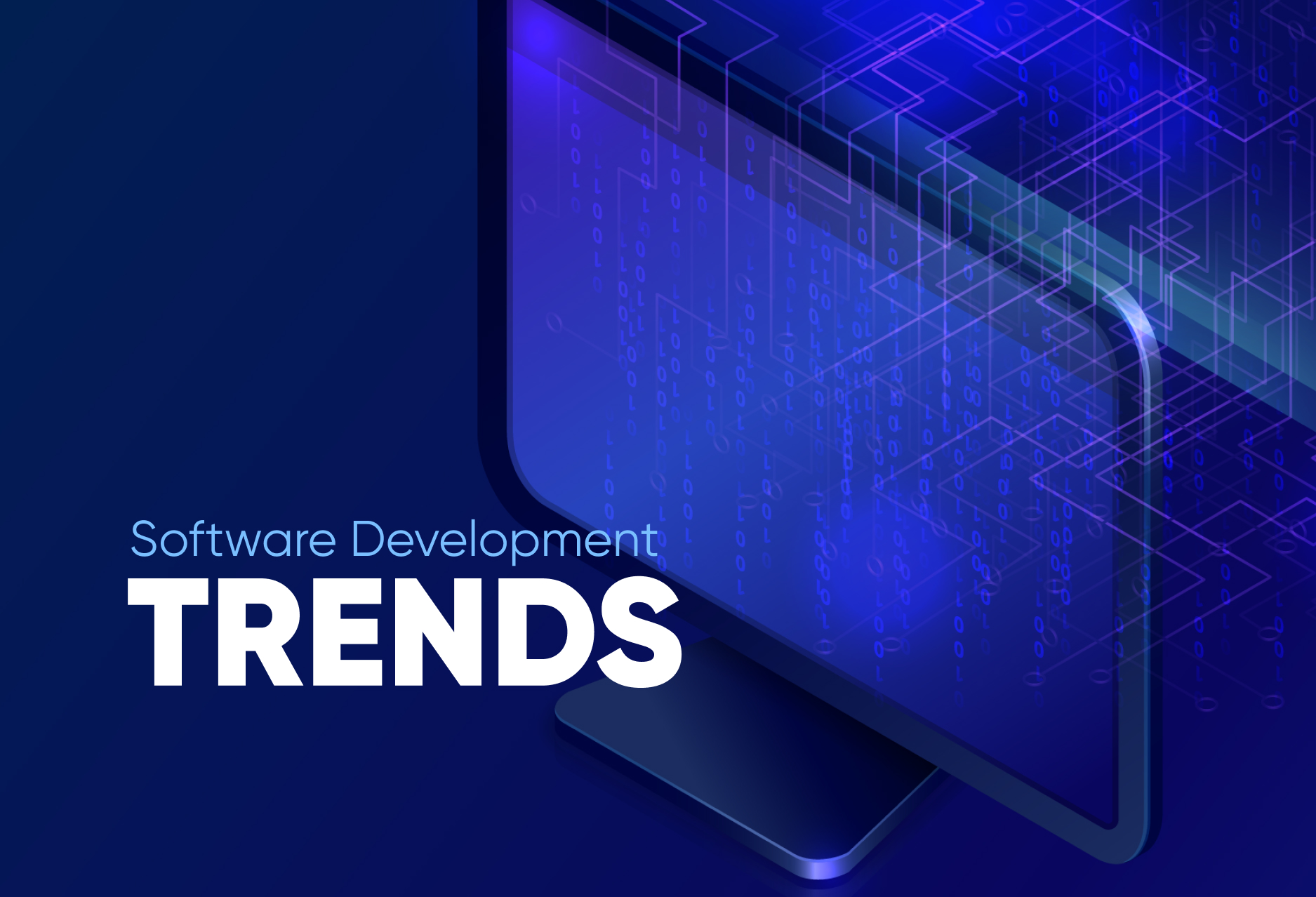


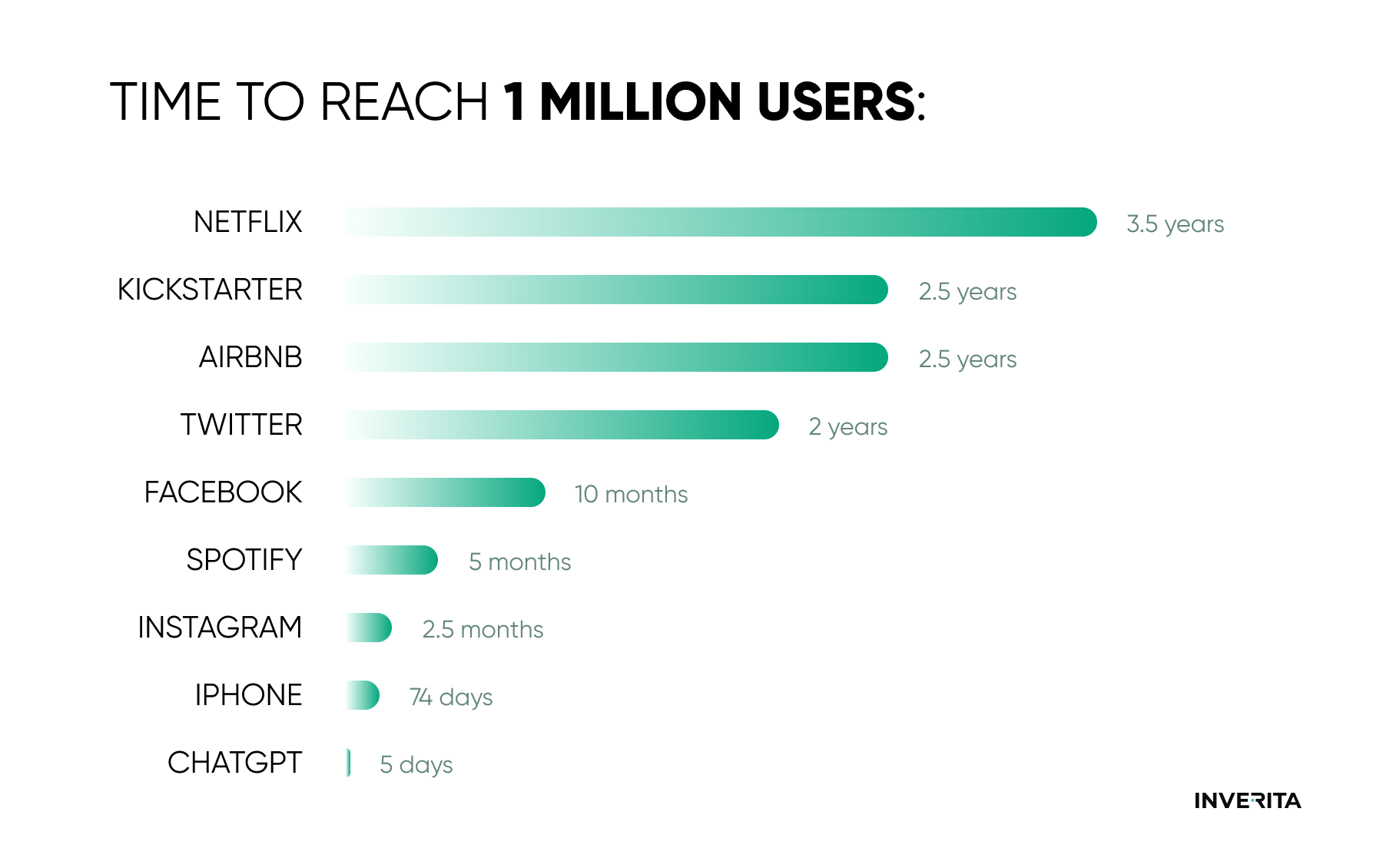
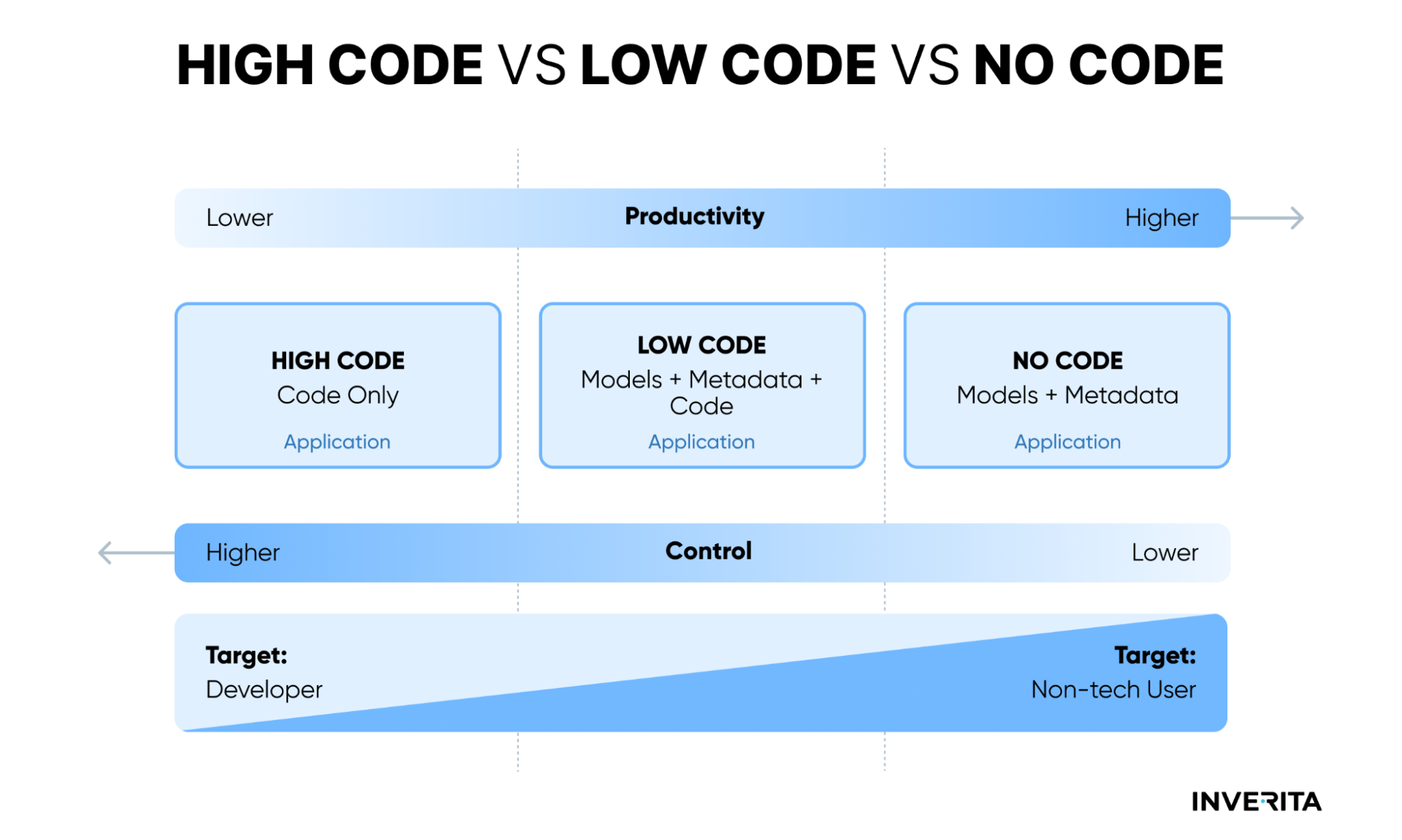
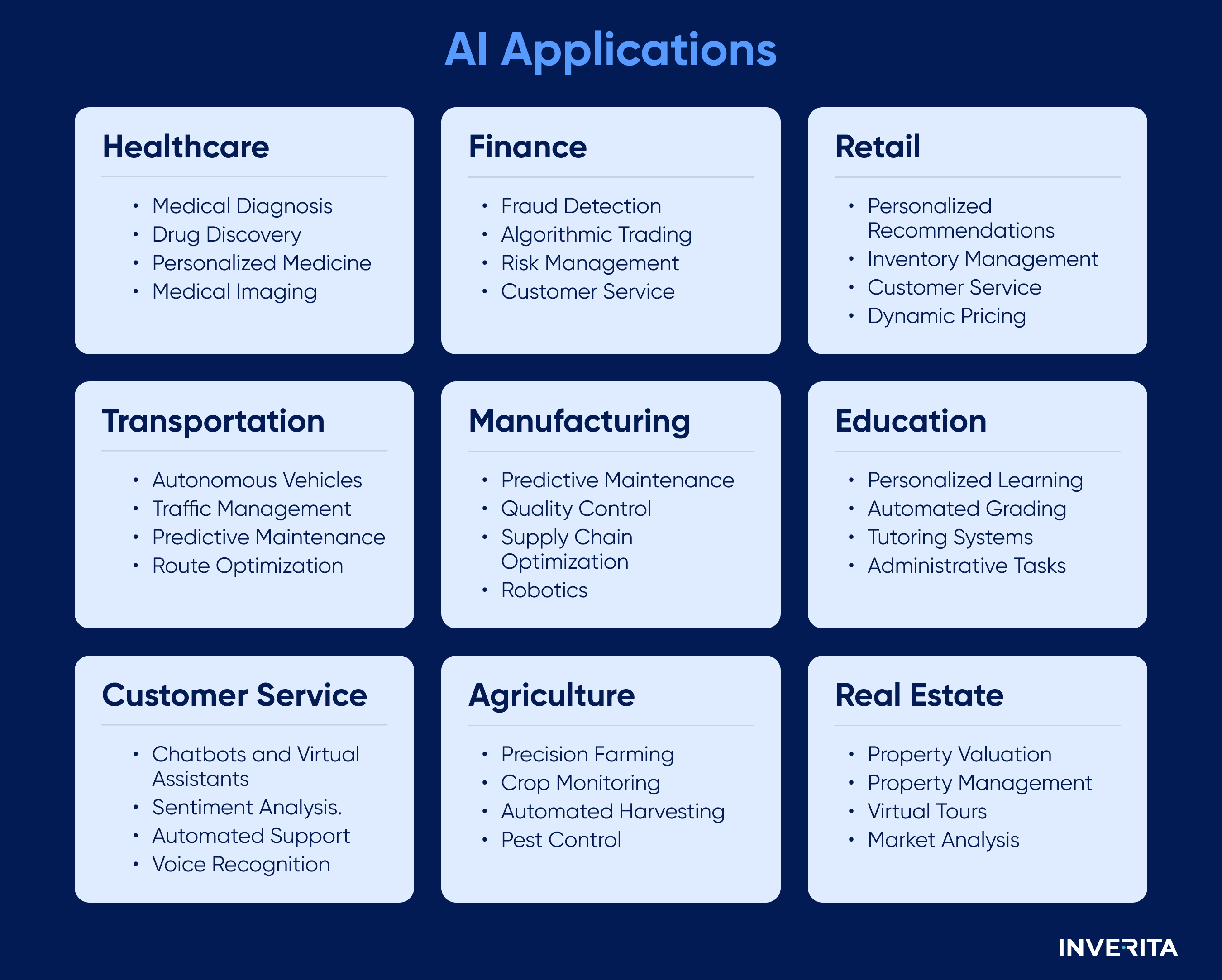
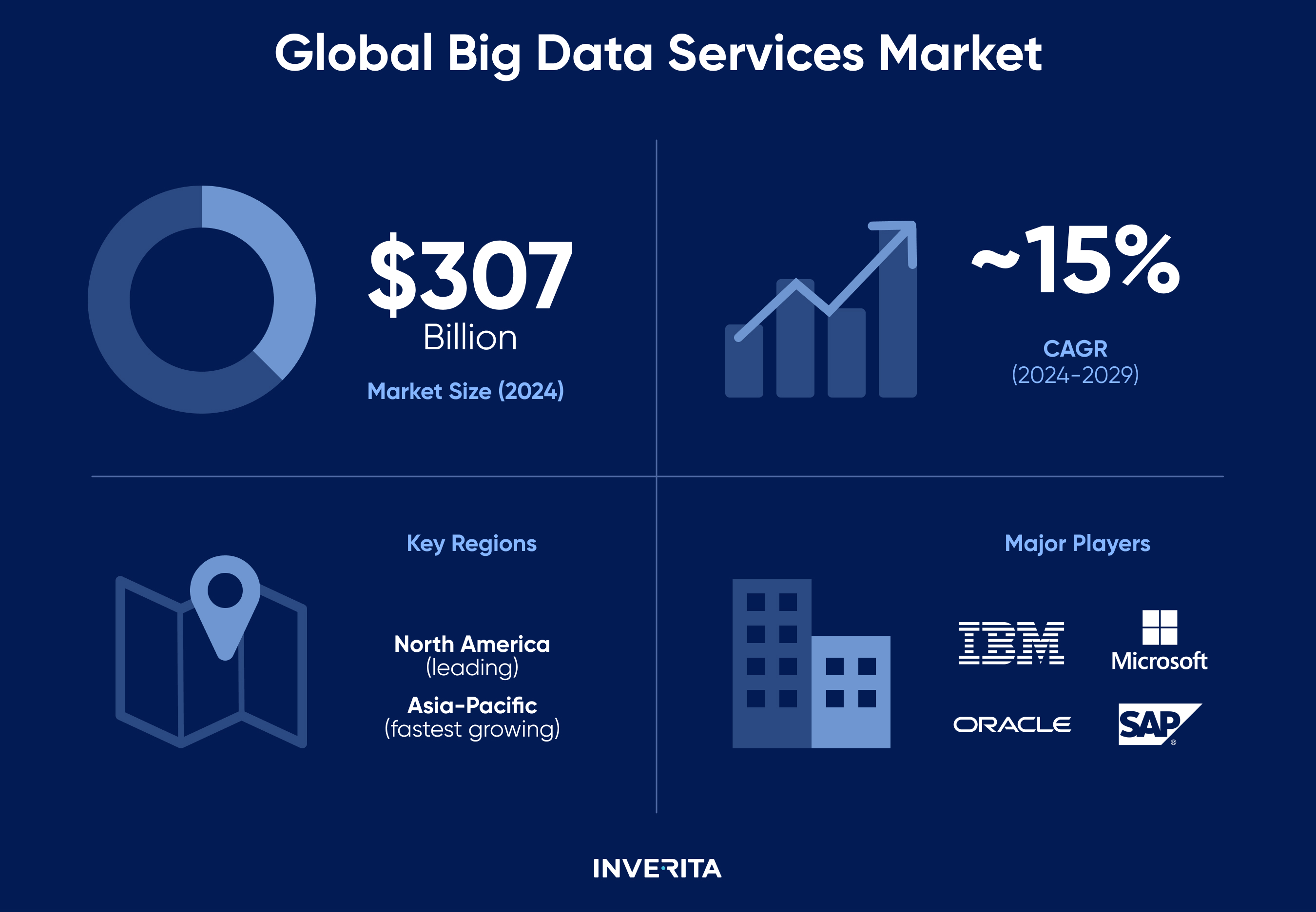

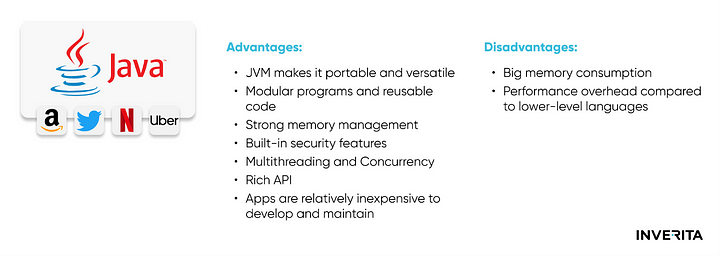


_1764586939-small.webp)
